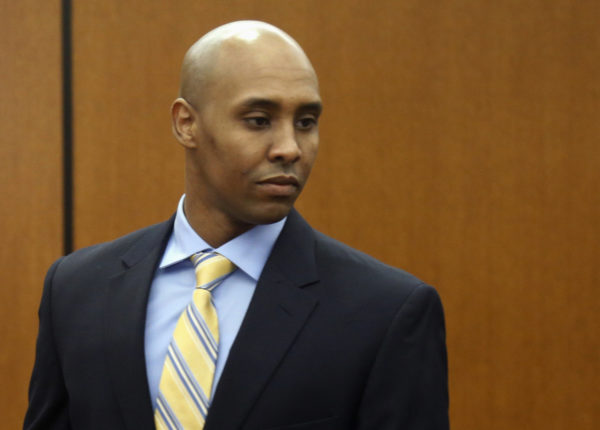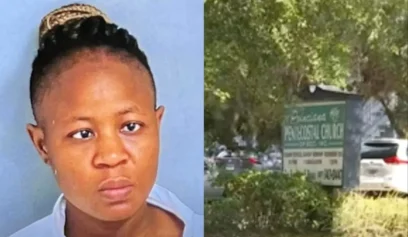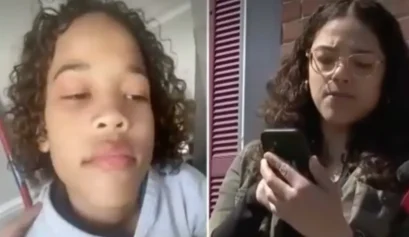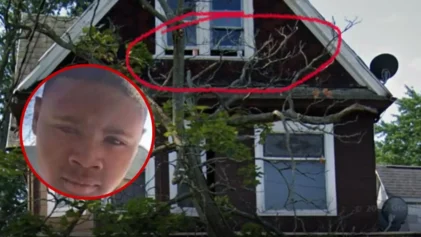A former Minneapolis policeman broke his longstanding silence Thursday when he gave testimony concerning his fatal shooting of an unarmed woman.
Mohamed Noor faces charges of third-degree murder and second-degree manslaughter in the July 2017 shooting death of Justine Ruszczyk Damond.

During 33-year-old Noor’s testimony in a Minnesota courtroom April 25, he recounted what led to the encounter. He said he and his partner, Matthew Harrity, sat in the squad car in an alley that night after responding to a call, MPR News reported. They were about to clear the call, which Damond had made alleging someone had been sexually assaulted behind her home, when they heard a loud bang.
Afterward, Noor, who was in the passenger’s seat, noticed Harrity, in the driver’s seat, was struggling to get his gun from his holster and had fear in his eyes, Noor said. The former officer of the Minneapolis Police Department’s 5th Precinct said he saw a blond woman in a pink shirt raising her right arm. He said Harrity exclaimed, “Oh, Jesus.” Noor explained he put his left arm across his partner’s chest to shield him and extended his right arm to take aim at what he’s referred to as “the threat,” adding he feared for his life.
“I fired once, and then the threat took a couple steps back,” Noor said of the subject that turned out to be Damond, according to the NPR affiliate. He said he made a “split-second” decision based on his police training, according to Reuters.
“My intent was to stop the threat and save my partner’s life,” he said.
Noor then described how he felt after stepping out of the squad car and seeing he’d shot the unarmed Damond, who was then staggering backward from her wounds.
“It felt like my whole world came crashing down,” the Associated Press reported he said during the five-hour testimony of his discovery. “I couldn’t breathe.”
During the cross-examination, prosecutor Amy Sweasy hit hard. She asked Noor if he believed “concern” was enough cause to shoot. He said it was when surveying the situation and when it came to protecting himself and Harrity from danger or death. Prosecutors have also questioned the noise Noor said he heard, which is assumed to be from Damond slapping the vehicle. Forensics did not reveal evidence of the Australian woman’s fingerprints on the car.
Sobbing, Noor, who emigrated from Somalia in the 1990s, added, “If I knew this would happen, I never would have become a cop.”
During previous testimony, Harrity said he believed his partner fired his gun too early.
On the morning of April 26, Moor returned to the stand to a much shorter round of questioning, being dismissed after an hour and 45 minutes of questioning from both sides, the Star Tribune reported. Still, that round saw Sweasy once again pouncing on Moor, and demanding answers concerning inconsistencies with his story. She addressed his testimony that day where he said a teen bicyclist stopped near the squad car, which prevented him and his partner from leaving the scene.
Additionally, the prosecutor asked about his apparently changing responses concerning if he came back to the scene of the shooting with his layers in December 2018 or whether he had his gun holstered as he drove down the alley behind Damond’s house.
Noor said her line of questioning Thursday confused him.
He said, “I don’t remember — it was a traumatic experience for me.”


